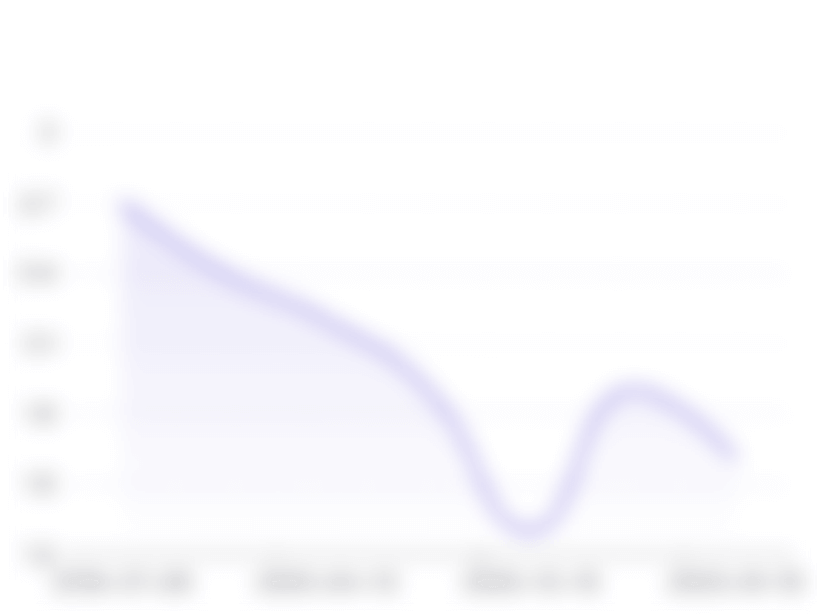




Bringing the wonders of the universe and Earth to the palm of your hands.
Use #yourESA for collaboration.
🌍 @ESA_Earth
نسبة 24.8% من متابعي @europeanspaceagency لديهم نسبة أنثى، و 75.2% ذكور. معدل التفاعل المتوسط على المنشورات حوالي 0.58%. المتوسط لعدد الإعجابات في الردود هو 15,980 وعدد الإعجابات في المتوسط هو 51.
@europeanspaceagency يحب نشر حولتعليم,
سياسة,
مؤسس.

2,767,418
المتابعون

0.58%
معدل المشاركة

16,031
المشاركة لكل منشور
15,980
متوسط الإعجابات لكل منشور
51
متوسط التعليقات لكل منشور

19,637
الترتيب العالمي

3,547
ترتيب البلد

42
ترتيب الفئة
اتجاهات نمو المتابعين والمنشورات
اتجاهات نمو معدل المشاركة
معدل المشاركة
الإعجابات والتعليقات
المؤثرين الملفتين للانتباه
قبول الجمهور للعلامة التجارية
المنشورات الأخيرة
* حقوق النشر: صانعو المحتوى هم أصحاب حقوق النشر الافتراضيين. يتم نشر هذه المعلومات بما في ذلك الصور والنصوص ومقاطع الفيديو والمنشورات والملفات الشخصية على المجالات العامة ووسائل التواصل الاجتماعي المقابلة للمشاهدة العامة.
الأسئلة الشائعة: إحصائيات ورؤى Instagram لـ @europeanspaceagency
كيف يمكنني الوصول إلى إحصائيات وتحليلات Instagram لـ @europeanspaceagency؟
يوفر StarNgage تقارير تحليلية شاملة تقدم مؤشرات رئيسية وإضافات لتمنحك فهمًا كاملاً لـ @europeanspaceagency. يمكنك استكشاف جوانب مختلفة بما في ذلك إحصائيات المتابعين في Instagram مثل اتجاهات نمو المتابعين والمنشورات ومعدل المشاركة واتجاهاتها. بالإضافة إلى ذلك، يمكنك الوصول إلى معلومات عن المتوسط لعدد الإعجابات والتعليقات في المنشور الواحد وإلمام بإحصاءات الجمهور أو ديموغرافيته، وبيانات الالتزام بالعلامة التجارية، والإشارات إلى وسم ذي صلة، والحسابات المماثلة، وآخر المنشورات.
ما هو عدد المتابعين الحالي لـ @europeanspaceagency على Instagram؟
حتى آخر تحديث، حصل @europeanspaceagency على متابعين مخلصين مجموعهم 2,767,418 متابع في Instagram.
ما هي الإضافات والتحليلات التي تشتمل عليها التقارير الكاملة لـ @europeanspaceagency على Instagram؟
تحتوي تقريرنا التحليلي الكامل لـ Instagram على نظرة شاملة لـ @europeanspaceagency على Instagram. يتضمن هذا التقرير معلومات تفصيلية حول نمو المتابعين مع مرور الوقت، ومعدلات المشاركة، وتواتر المنشورات، سواء على أساس أسبوعي أو شهري. للوصول إلى هذا التقرير المفصل، يرجى التسجيل وإنشاء حساب جديد في StarNgage أو تسجيل الدخول إلى حسابك الحالي.
هل يمكنني تتبع كيف تطور معدل المشاركة لـ @europeanspaceagency على Instagram؟
نعم، تتيح أدوات التحليل التابعة لـ StarNgage لك تتبع كيفية تطور معدل المشاركة لـ @europeanspaceagency على مدار الوقت على Instagram. تساعدك هذه البيانات على تقييم فعالية استراتيجيات المشاركة لـ @europeanspaceagency.
كيف يمكنني فهم ديموغرافي جمهور @europeanspaceagency على Instagram؟
تجلب فهم ديموغرافي جمهور @europeanspaceagency على Instagram قيمة كبيرة. يتيح لك ضبط المحتوى الخاص بك واستراتيجيات التسويق مع المؤثرين للتوافق أكثر مع متابعي @europeanspaceagency، حيث ستحصل على معلومات حول سنهم وجنسهم وموقعهم واهتماماتهم.
كيف يمكنني الاستفادة من بيانات الأفليات العلامة التجارية لتحسين استراتيجيتي التسويق على Instagram مع @europeanspaceagency؟
تعد بيانات الالتزام بالعلامة التجارية أداة قوية لفهم العلامات التجارية أو المنتجات التي يهتم بها جمهورك. يمكن أن توجهك هذه المعلومات في تعاونك في المحتوى والشراكات على Instagram، مما يعزز الالتزام مع جمهورك المستهدف.























